.jpg)
Last Updated At: 17-Jun-2024
West Bengal Culture And Tradition
Ever thought about visiting West Bengal? It's a place in India known for its colourful culture and interesting history. Picture this: beautiful hills in Darjeeling up north, where you can enjoy cool weather and tasty tea. Down south, there's the Sundarbans, a huge forest right next to the sea. West Bengal is right next to Bangladesh, Bhutan, Jharkhand, and Bihar, making it a mix of many cultures and histories.
The culture of West Bengal is something everyone talks about. It's known for big festivals, delicious foods, music, and dances. If you're into history, you'll love the old temples and the busy streets of Kolkata, the main city. The best time to visit is from October to March when the weather is nice and cool. Getting there is easy too. Just fly into Kolkata's Netaji Subhas Chandra Bose International Airport. Want to know more? Keep reading to find out what makes West Bengal so special!
Tradition And Culture Of West Bengal
The culture of West Bengal is rich and diverse, reflecting a blend of art, music, dance, and literature. It celebrates festivals like Durga Puja with fervour, and Bengali cuisine is renowned worldwide.
- Traditional festivals of West Bengal: Celebrations Resplendent
- Bengali cuisine and food culture: A Culinary Delight
- Music and dance forms of West Bengal: Melodies and Rhythms
- Handicrafts of West Bengal: Crafting Dreams
- Literature and Art in West Bengal: Literary Odyssey
- West Bengal's Traditional Clothes: Fashion Symphony
- West Bengal’s Cinema: Setting the Stage and Screen
- Customs of West Bengal: Harmony in Tradition
1. Traditional festivals of West Bengal: Celebrations Resplendent
Within West Bengal's cultural mosaic, festivals dance in kaleidoscopic brilliance, an inseparable part of its identity. Some festivals transcend boundaries, celebrated with fervour across the state, while others find their essence in the local embrace. A myriad of village fairs and seasonal tribal celebrations add to the jubilant spirit.
Foremost among these is the grand spectacle of Durga Puja, West Bengal's crowning glory, featuring resplendent pandals, intricately adorned idols of the Hindu goddess Durga and her divine family, dazzling illuminations, and vibrant processions that culminate in an immersive farewell. Kali Puja, Diwali, Holi, Saraswati Puja, Jagaddhatri Puja, Rath Jatra, Kojagori Lakshmi Puja, Vishwakarma Puja, Poush Parbon, Poila Boishakh, and Christmas complete the illustrious tapestry of festivities.
Kolkata Book Fair, Kolkata International Film Festival, and Dover Lane Music Festival stand tall as annual cultural spectacles in the heart of Kolkata, while Poush Mela, Ganga Sagar Mela, and Jhapan weave their own magic in the grand traditional festivals of West Bengal.
Read More : Durga Puja In West Bengal
2. Bengali cuisine and food culture: A Culinary Delight
The Bengali cuisine and food culture, a symphony of flavours, tantalises the taste buds with its diverse offerings. Sweets, synonymous with the state, hold a special place, with the legendary Rosogolla claiming the spotlight as the most renowned ambassador of Bengali confections. Fish, an integral part of the culinary tapestry, weaves its way into every meal, completing the symphony of flavours. Delightful snacks like jhal-muri, a delectable concoction of puffed rice, vegetables, and spices, along with the ever-popular chop, beguni, and the ubiquitous cup of tea, form an essential part of the gastronomic landscape that stretches across the state.
3. Music and dance forms of West Bengal: Melodies and Rhythms
Music and dance forms of West Bengal transcend the mortal realm, imbued with divine serendipity. The ancient strains of Baul folklore echo through the ages, their harmonies resonating from the hearts of the people as they strum traditional string instruments like the ektara. The famous Gharana, known for its melodic prowess, captivates with its soul-stirring renditions, while the Bhatiyali tunes sung by fishermen to entertain themselves create an enchanting ambience.
Rabindra Sangeet, the melodic opus of the legendary poet Rabindranath Tagore, and the evocative Nazrul Geeti, Bengali ghazals penned by Kazi Nazrul Islam, find their place on revered stages across the land.
The traditional dances of West Bengal, intertwined with folklore, exhibit their unique essence. The world-famous Chau dance of Purulia attracts visitors from far and wide, its allure emanating from the resplendent attire of its performers. Gambhira, a captivating local traditional dance, enthrals with its rhythmic drumbeats. During Durga Puja, the spirited Dhunuchi Naach comes alive as devotees dance joyously, paying homage to the goddess Maa Durga.
4. Handicrafts of West Bengal: Crafting Dreams
Bengal, steeped in a rich cultural heritage, dazzles with its exquisite handicrafts, a testament to the ingenuity and skill of its artisans. Pottery, weaving, embroidery, terracotta, and woodwork form the tapestry of Bengal's handicraft tradition, each art form possessing its unique charm and symbolism, drawing inspiration from the region's history and cultural mosaic. The terracotta works of Bishnupur, intricate masterpieces depicting mythological tales, stand as a testament to the artisan's artistry. Dhaka's fine muslin weaving showcases delicate motifs and patterns, a testament to the weaver's dexterity. The Kantha embroidery, meticulously stitching layers of fabric to create mesmerising patterns and narratives, weaves stories of tradition and heritage. These exquisite handicrafts of West Bengal preserve the region's cultural identity and contribute to its economic growth, infusing life into its artistic spirit.
5. Literature and Art in West Bengal: Literary Odyssey
The Bengali language boasts a literary heritage as vast as the boundless horizon shared with neighbouring Bangladesh. Folk literature and art in West Bengal weave its timeless tales woven through the ages in the verses of the Charyapada, Mangalkavya, Shreekrishna Kirtana, Thakurmar Jhuli, and the whimsical anecdotes of Gopal Bhar. The nineteenth and twentieth centuries witnessed the advent of modernity in Bengali literature, with luminaries like Bankim Chandra Chattopadhyay, Michael Madhusudan Dutt, Rabindranath Tagore, Kazi Nazrul Islam, and Sharat Chandra Chattopadhyay leading the way. Coupled with social reforms spearheaded by visionaries like Ram Mohan Roy and Swami Vivekananda, the Bengal Renaissance emerged as a defining era. The latter part of the twentieth century bore witness to post-modernism and literary movements such as the Kallol movement, hungryalists, and the little magazines, breathing new life into the literary landscape.
6. West Bengal's Traditional Clothes: Fashion Symphony
Tradition intertwines with modernity in the rich tapestry of West Bengal's attire and fashion, creating a captivating sartorial symphony. Bengali women, known for associating with the timeless elegance of sarees, now embrace a fusion of old-world customs and contemporary Western wear. Alongside sarees, the ethereal charm of salwar-kameez has become an integral part of their wardrobe. Western influences have made their mark, blending seamlessly with traditional ensembles.
While Western dressing finds greater acceptance among men, traditional costumes remain revered. Festivals and auspicious occasions witness the grace of Dhuti-Punjabi, the quintessential attire for Bengali men. Over the years, a delightful fusion of traditional and Western elements, like the combination of Punjabi and jeans, has gained immense popularity. West Bengal's fashion landscape is a captivating amalgamation of heritage and evolution.
7. West Bengal’s Cinema: Setting the Stage and Screen
West Bengal's theatrical heritage shines through the folk drama known as jatra, a resplendent tradition that weaves narratives on its vibrant stages. Kolkata, the nucleus of Bengali cinema lovingly dubbed "Tollywood" after its iconic location in Tollygunj, brims with a rich legacy of art films. Visionaries like Satyajit Ray, Ritwik Ghatak, Mrinal Sen, Tapan Sinha, and a new generation of talented directors, including Aparna Sen, Buddhadeb Dasgupta, Goutam Ghose, Koushik Ganguly, Rituparno Ghosh, Anjan Dutt, Kamaleswar Mukherjee, and Sandip Ray have lent their creative genius to the silver screen, captivating audiences both locally and globally.
8. Customs of West Bengal: Harmony in Tradition
With its rich heritage and cultural diversity, West Bengal offers a captivating array of customs that enchant and mesmerise those who embrace its traditions. The extravagant Durga Puja festival sets the stage for grand celebrations with meticulously crafted clay idols, vibrant decorations, and joyous dances that unite people from all walks of life. The soul-stirring melodies transcend language barriers, filling the air with timeless tunes that touch the depths of the human spirit. Thing in grandeur and symbolism, Bengali weddings showcase the elegance of traditional attire and the beauty of rituals, creating an atmosphere of joy and celebration. These customs, woven into the cultural tapestry of West Bengal, breathe life into its vibrant heritage, preserving traditions while embracing change. They reflect the indomitable spirit of its people and leave an enduring impression on all who encounter the richness of this remarkable land.
Read More : Famous Festivals Of West Bengal
Conclusion
West Bengal is a state that never stops surprising. With its rich traditions, delicious cuisine, and vibrant festivals, it offers a unique experience for every traveller. Whether you're sipping Darjeeling tea in the hills or exploring the historic streets of Kolkata, you're part of a living, breathing culture. Don't miss the chance to witness the grand Durga Puja festival or taste the famous Bengali sweets. West Bengal is more than a destination; it's a journey through the heart of India's heritage.
With us, nothing is far!
Book West Bengal Tour Packages
Frequently Asked Questions About Culture Of West Bengal
Q1. What are the major cultural festivals celebrated in West Bengal?
A1. The major cultural festivals celebrated in West Bengal include Durga Puja, Kali Puja, Saraswati Puja, Poush Mela, and Rabindra Jayanti.
Q2. Can you tell me about the traditional dance forms and music genres of West Bengal?
A2. Traditional dance forms of West Bengal include Kathak, Manipuri, and Chhau. Music genres include Rabindra Sangeet, Baul music, and Nazrul Geeti.
Q3. How does West Bengal celebrate its regional and religious festivals?
A3. West Bengal celebrates its regional and religious festivals with grandeur and enthusiasm. Processions, cultural performances, decorations, and feasts are associated with each festival.
Q4. Are any unique art and craft forms representing West Bengal's culture?
A4. Terracotta pottery, Kantha embroidery, and Pata Chitra paintings are unique art and craft forms representing West Bengal's culture.
Q5. What are some famous literary works and cultural icons associated with West Bengal?
A5. Some famous literary works associated with West Bengal include Rabindranath Tagore's "Gitanjali" and Satyajit Ray's films. Cultural icons include Rabindranath Tagore, Satyajit Ray, and Swami Vivekananda.
Q6. How does Bengali cuisine reflect the cultural identity of West Bengal?
A6. Bengali cuisine reflects the cultural identity of West Bengal through its use of fish, rice, mustard oil, and unique spices. Popular dishes include macher jhol, shorshe ilish, and roshogolla.
Q7. Can you tell me about the traditional attire and jewellery worn in West Bengal?
A7. The traditional attire worn in West Bengal includes sarees for women, with variations like the Bengali-style tant saree and Dhakai jamdani. Men often wear kurta-pyjama or dhoti-kurta. Gold jewellery, particularly the red and white bangles called "shakha" and "pola," are also popular.
Q8. Are there any specific rituals or customs followed in West Bengal's cultural practices?
A8. West Bengal follows various rituals and customs, such as offering prayers and performing rituals during festivals, observing fasts, and celebrating life events with cultural traditions.
Q9. How does West Bengal's cultural heritage influence its artistic and intellectual pursuits?
A9. West Bengal's cultural heritage influences its artistic and intellectual pursuits by inspiring creativity, fostering a love for literature and the arts, and shaping the values and ideals of its people.
Q10. Can you recommend some cultural events or festivals to experience in West Bengal?
A10. Some cultural events and festivals to experience in West Bengal are Durga Puja, Kolkata International Film Festival, Poush Mela, and the Kolkata Book Fair.
--- Published By Adotrip
Latest Blogs

Long Weekends In India 2025 - List of Holidays

Kazakhstan Travel Guide 2025: Affordable Luxury, Visa Free E...

Think Ayodhya is Just Temples? Discover Its Hidden Artistic...

Why Azerbaijan is the Best Budget Friendly Alternative to Sw...


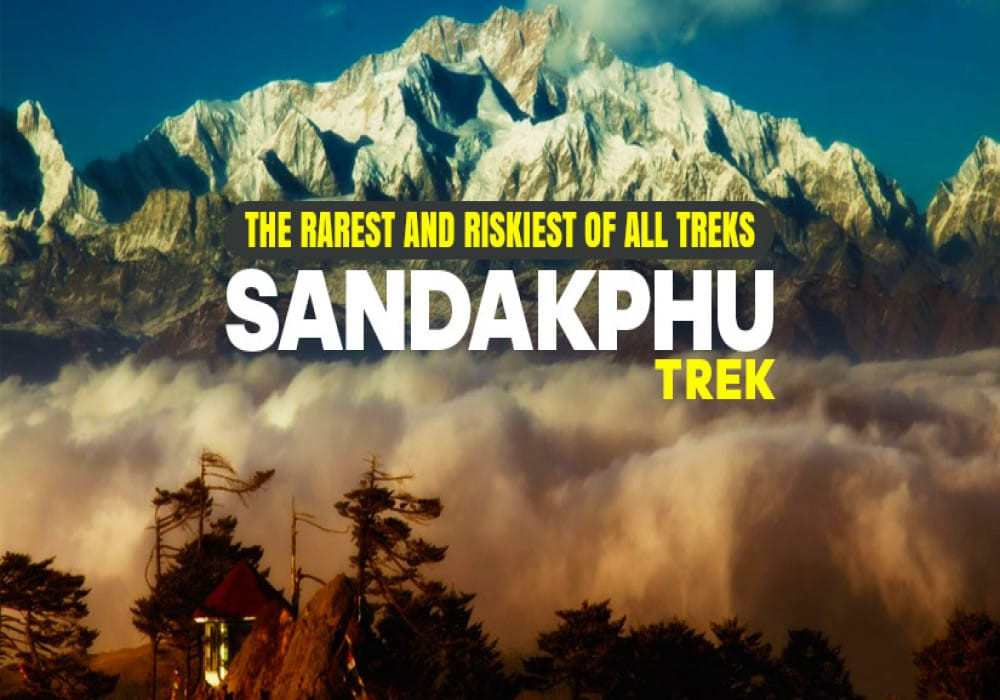
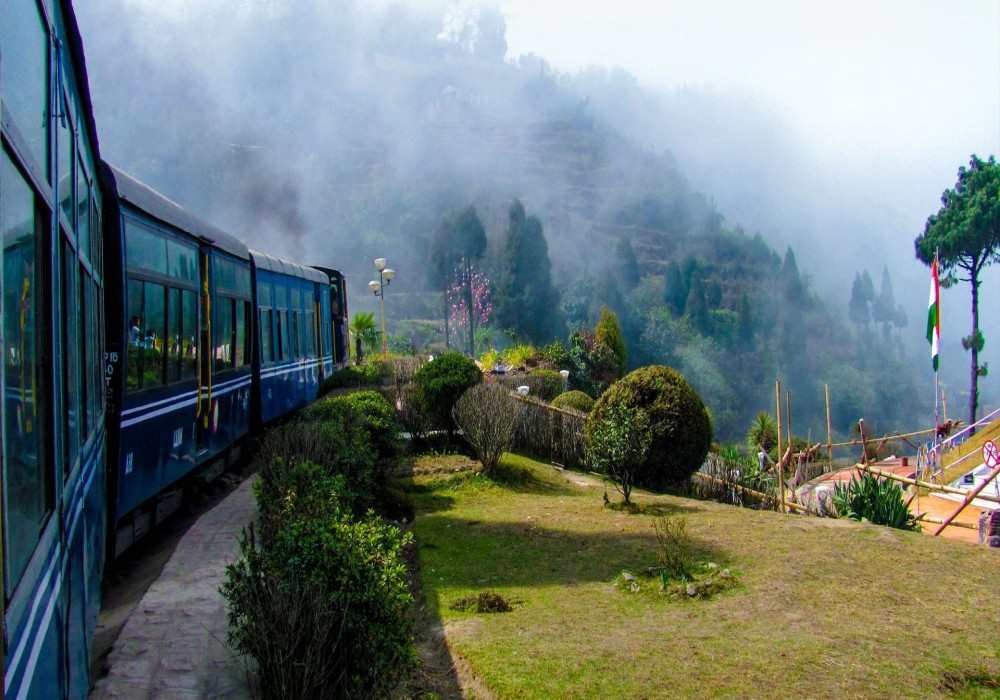
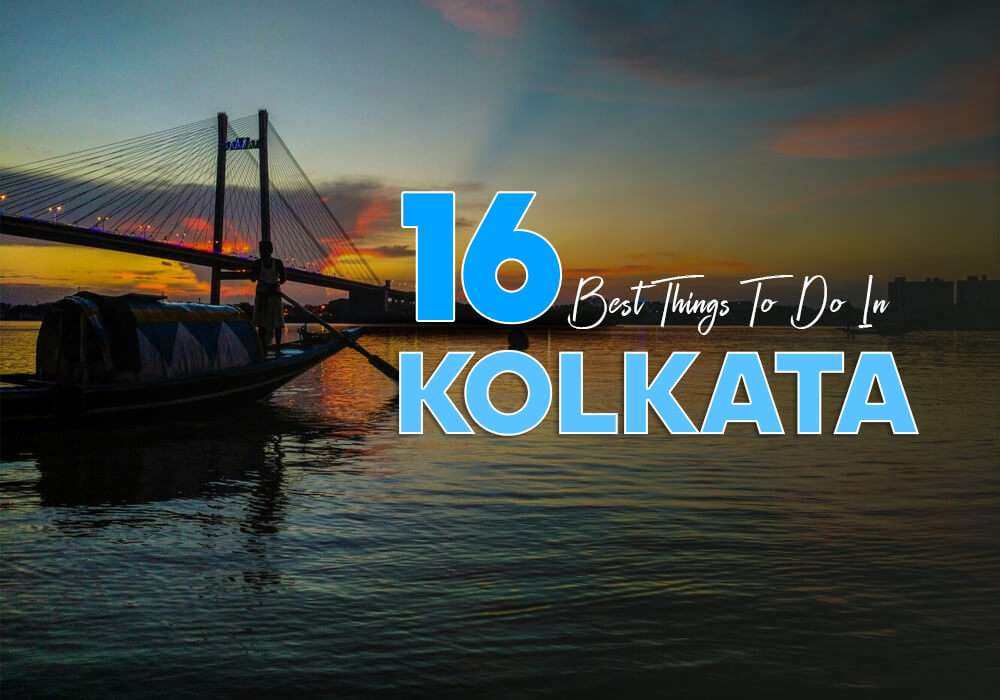

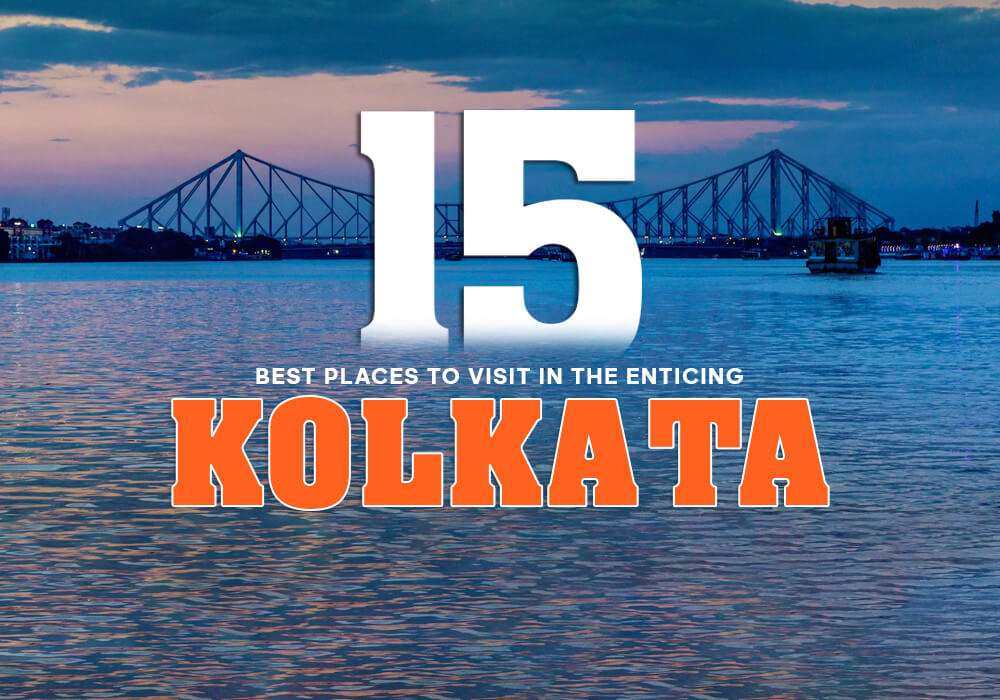

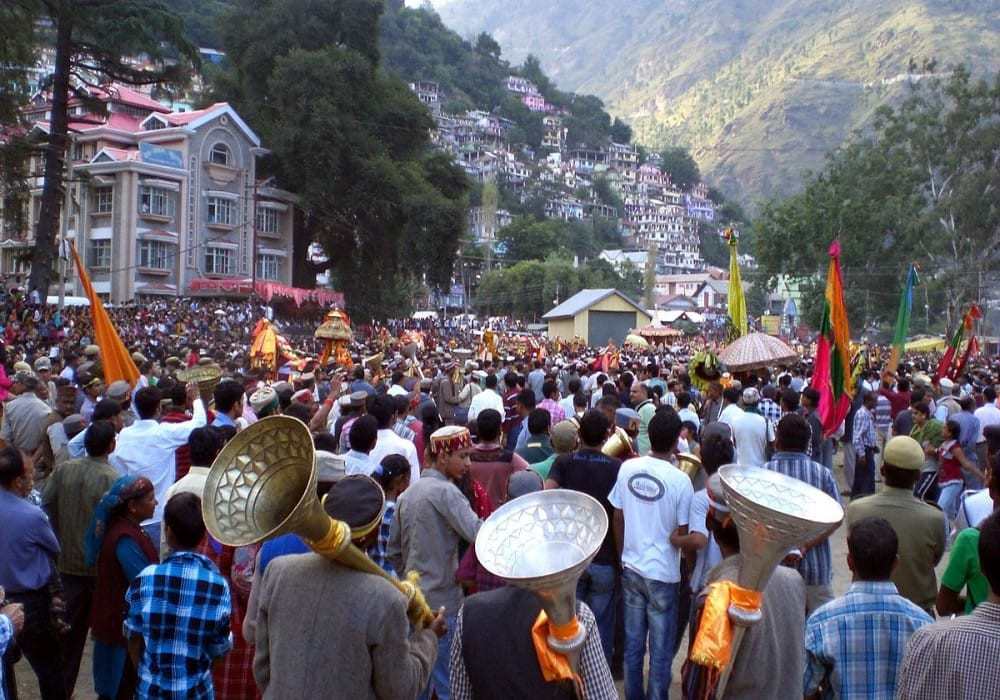

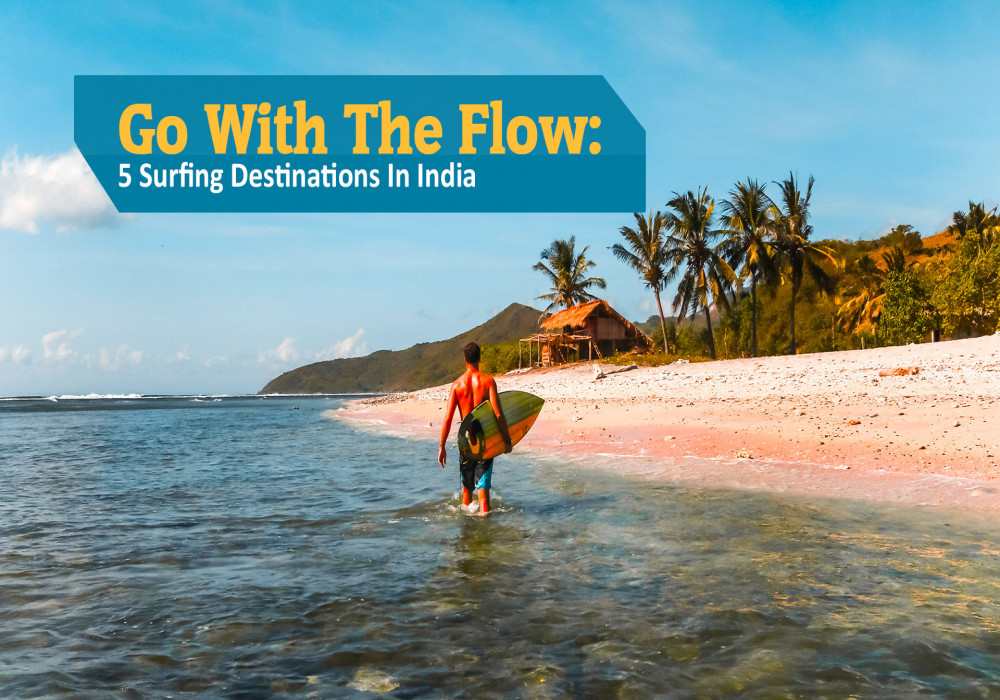
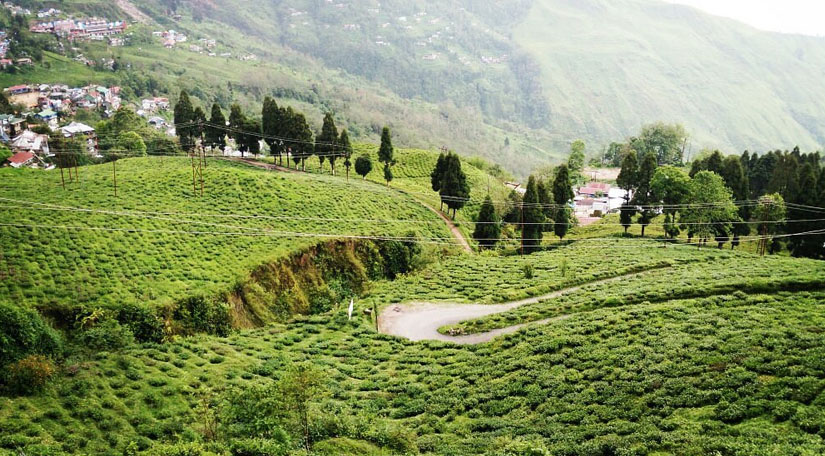
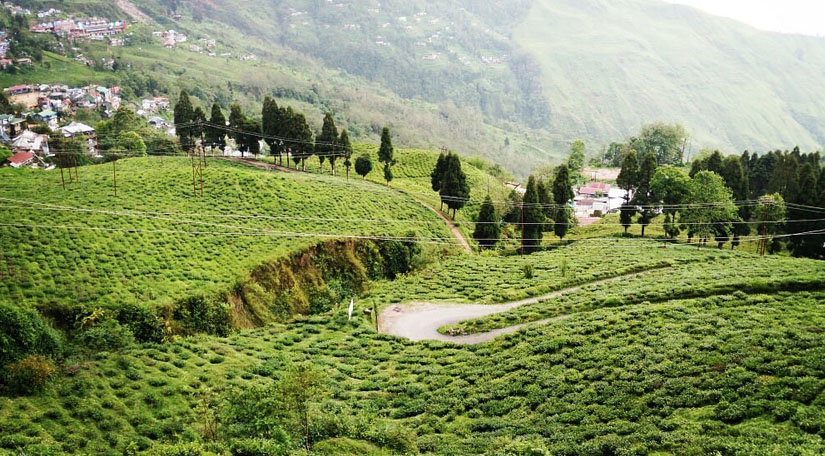
 Dubai
Dubai Malaysia
Malaysia USA
USA





